Prairie dogs create some of North America’s most fascinating underground cities, yet most people never witness these bustling communities in action. These highly social rodents build extensive tunnel systems that can stretch for acres, complete with nurseries, storage rooms, and listening posts.
While many prairie dog colonies have disappeared due to development and pest control efforts, dozens of thriving towns remain accessible to curious visitors. From the Great Plains to desert grasslands, these remarkable creatures continue their ancient lifestyle in locations where patient observers can watch their complex social interactions unfold.
Here is a list of 20 hidden prairie dog towns you can visit across the American West.
Wind Cave National Park
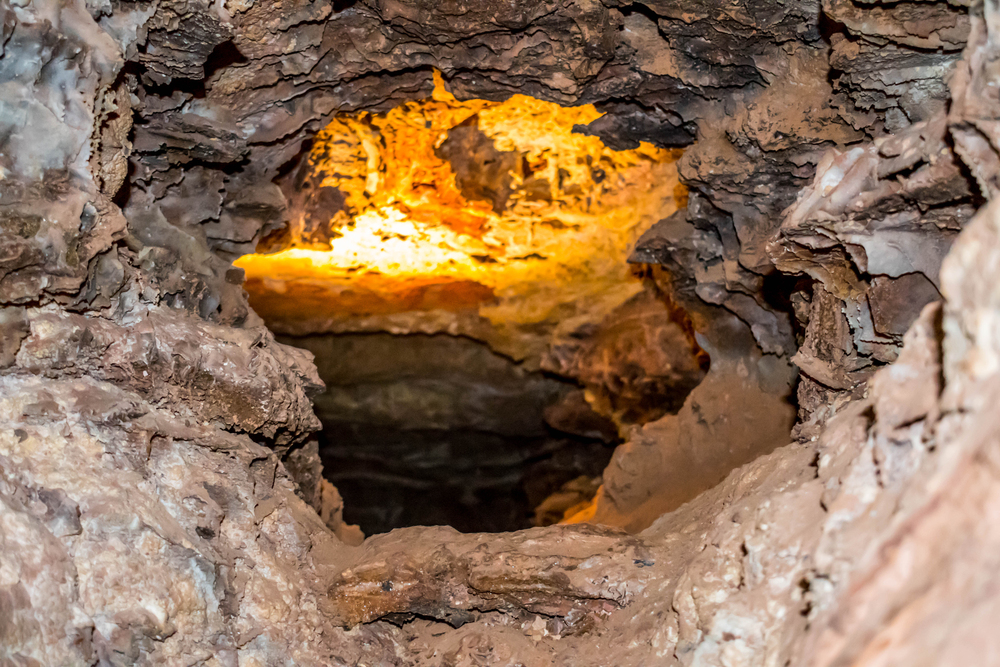
South Dakota’s Wind Cave National Park hosts one of the most accessible prairie dog viewing areas in the country. The mixed-grass prairie here supports healthy black-tailed prairie dog populations that visitors can observe from the park’s main road.
These colonies thrive in the protected environment, allowing families to see natural behaviors like sentinel duty, where one prairie dog stands guard while others forage. Early morning visits often yield the best wildlife activity, though the park’s elevated boardwalks provide excellent vantage points throughout the day without disturbing the animals.
Devils Tower National Monument
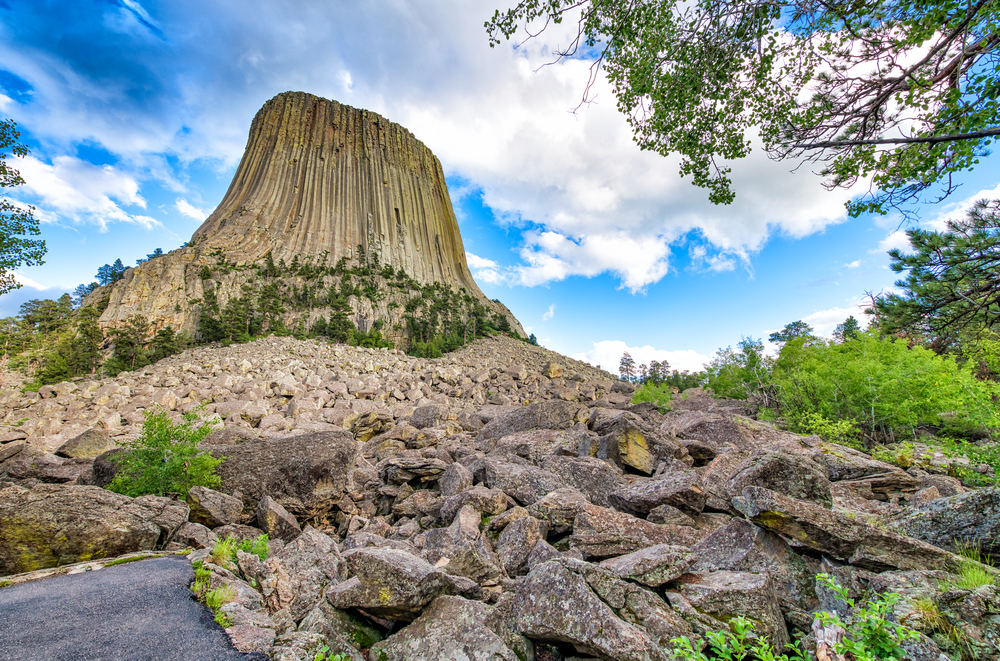
Wyoming’s iconic Devil’s Tower sits surrounded by prairie dog towns that most visitors overlook while craning their necks skyward at the massive rock formation. The short-grass prairie at the monument’s base creates an ideal habitat for these social creatures, who’ve adapted to the area’s dramatic temperature swings and seasonal changes.
Rangers often point out active burrows during interpretive programs, though the prairie dogs themselves prove more entertaining than any human presentation. The contrast between the towering monolith and bustling ground-level communities creates unique wildlife viewing experiences especially appreciated by photographers.
Like Travel Pug’s content? Follow us on MSN.
Badlands National Park

The rugged landscape of South Dakota’s Badlands conceals numerous prairie dog settlements within its mixed-grass prairie sections. These towns occupy flatter areas between the park’s dramatic rock formations, where centuries of soil accumulation have created perfect burrowing conditions.
Visitors driving the park’s loop road can spot active colonies from pullouts and overlooks, particularly during morning hours when prairie dogs emerge to sun themselves. The park’s harsh environment has produced particularly hardy prairie dog populations that remain active even during challenging weather conditions that would send other wildlife seeking shelter.
Rocky Mountain Arsenal National Wildlife Refuge

Just outside Denver, this former military site has transformed into a prairie dog paradise that welcomes thousands of visitors annually. The refuge’s restoration efforts have created ideal conditions for black-tailed prairie dogs, whose populations have exploded since the area’s conversion to wildlife habitat.
Visitors can drive or walk through the refuge on designated trails that pass directly by active colonies, often getting within 20 feet of these curious creatures. The urban setting is among the most convenient locations for prairie dog viewing, though the animals remain completely wild and unhabituated to human presence.
Thunder Basin National Grassland
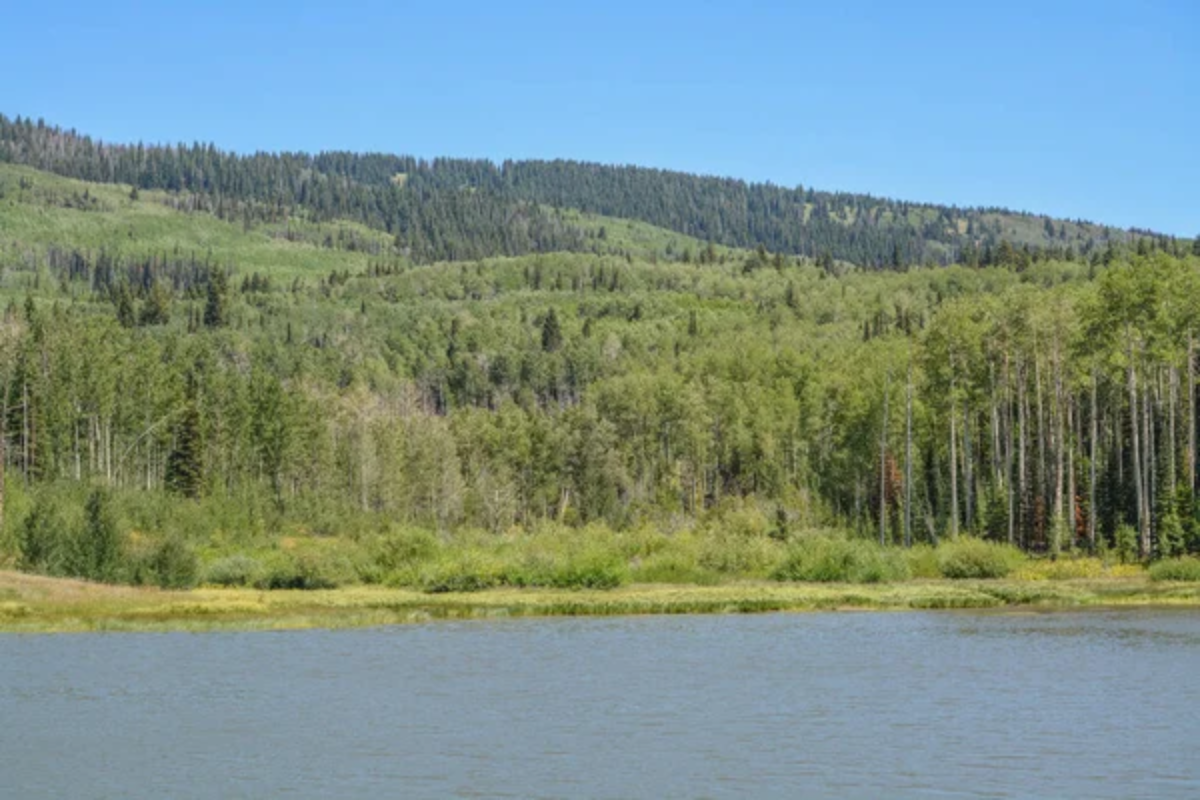
Wyoming’s Thunder Basin spans over one million acres of mixed-grass prairie, harboring some of the largest prairie dog towns in North America. The grassland’s remote location means fewer visitors but healthier, more natural prairie dog behaviors for those willing to make the journey.
Several designated viewing areas provide access to major colonies, where visitors can witness the full complexity of the prairie dog social structure. The sheer scale of some colonies here stretches for miles in every direction, offering glimpses into what the Great Plains looked like before European settlement.
Like Travel Pug’s content? Follow us on MSN.
Buffalo Gap National Grassland
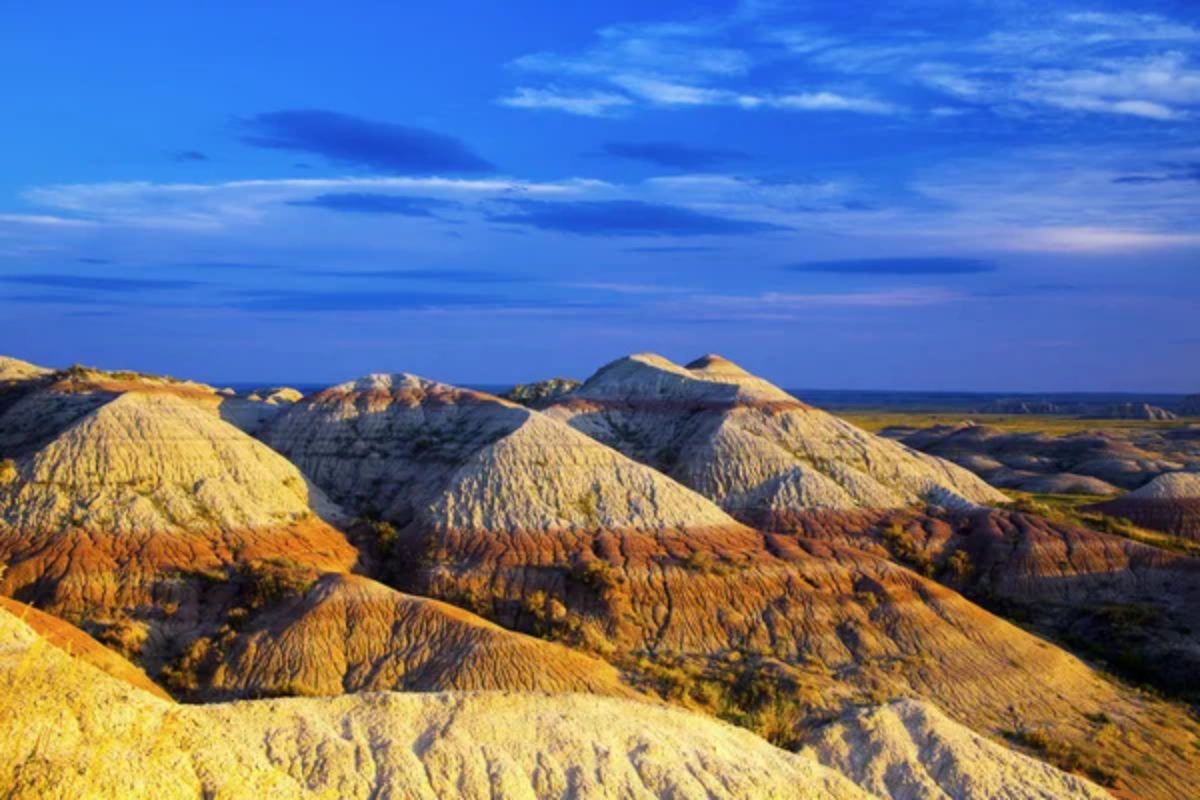
South Dakota’s Buffalo Gap contains scattered prairie dog towns throughout its 591,000 acres of mixed-grass prairie and badlands terrain. The diverse landscape creates varying habitat conditions that support different colony sizes and behaviors, from small family groups to massive, interconnected communities.
Visitors can access these areas via ranch roads and designated trails, though some colonies require short hikes across open prairie. The grassland’s partnership with local ranchers has created a unique conservation model that benefits both livestock operations and prairie dog populations.
Pawnee National Grassland
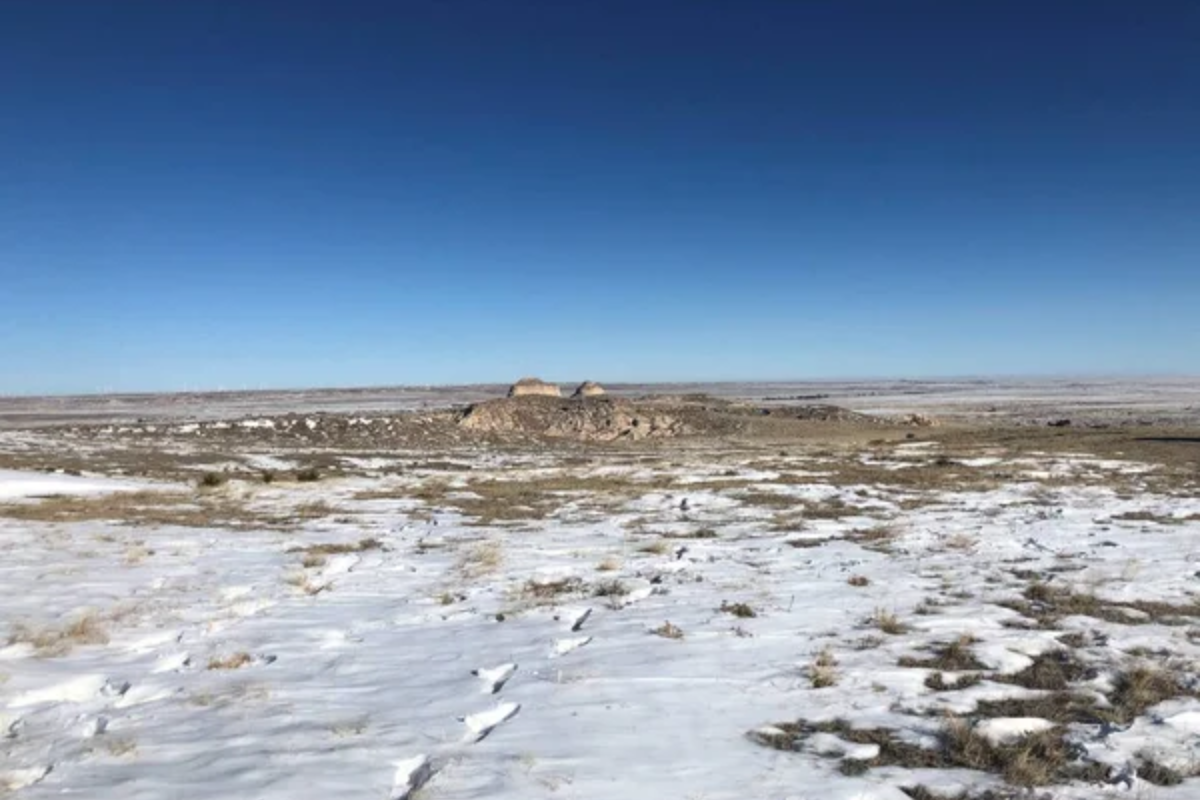
Colorado’s Pawnee National Grassland protects several significant prairie dog colonies within its short-grass prairie ecosystem. The area’s high elevation and semi-arid conditions have produced particularly robust prairie dog populations adapted to extreme weather variations.
Visitors can observe these colonies from the grassland’s auto tour route, which passes several active towns during the 36-mile loop. The contrast between the grassland’s vast open spaces and the concentrated activity of prairie dog colonies creates memorable wildlife viewing opportunities for photographers and nature enthusiasts alike.
Little Missouri National Grassland
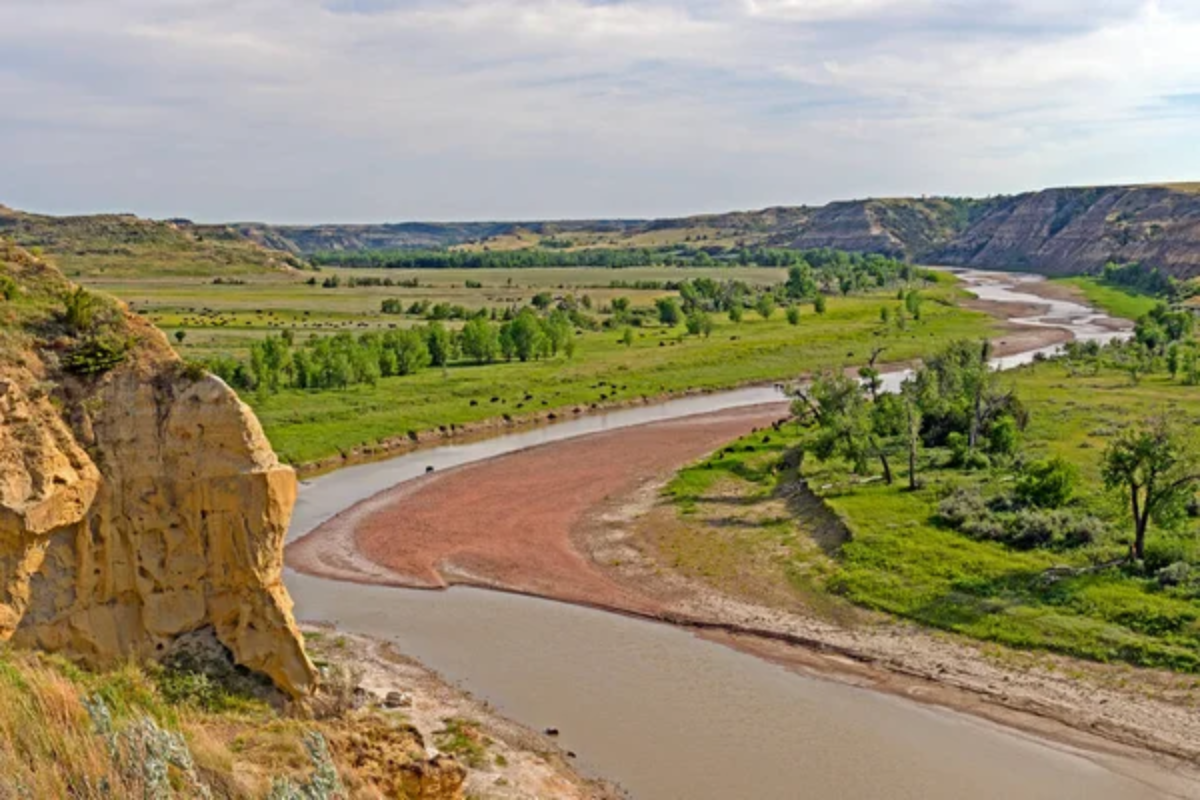
North Dakota’s Little Missouri National Grassland encompasses scattered prairie dog towns across its rugged badlands and prairie terrain. The area’s remote location and challenging access have preserved some of the most natural prairie dog behaviors in the region.
Several colonies can be reached via the grassland’s primitive roads, though visitors should be prepared for rugged driving and limited signage. The reward comes in observing prairie dog communities that operate with minimal human interference, displaying the full range of natural behaviors, from territorial disputes to complex social grooming.
Like Travel Pug’s content? Follow us on MSN.
Comanche National Grassland
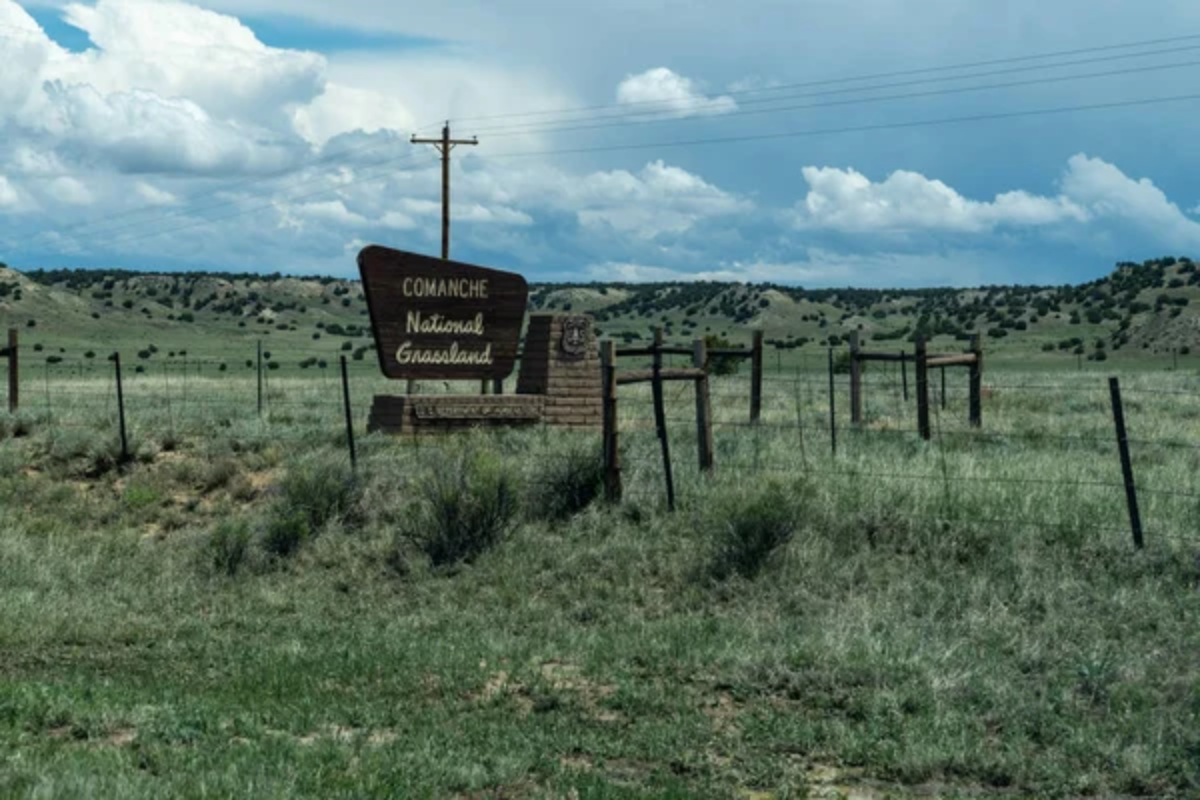
Southern Colorado’s Comanche National Grassland supports prairie dog populations adapted to the area’s high desert conditions and extreme temperature variations. The grassland’s two separate units each contain active colonies accessible via designated trails and primitive roads.
These prairie dogs have developed unique behaviors related to the area’s harsh environment, including extended underground periods during extreme weather. Visitors often combine prairie dog watching with exploring the grassland’s other attractions, including historic sites and geological formations.
Nebraska National Forest
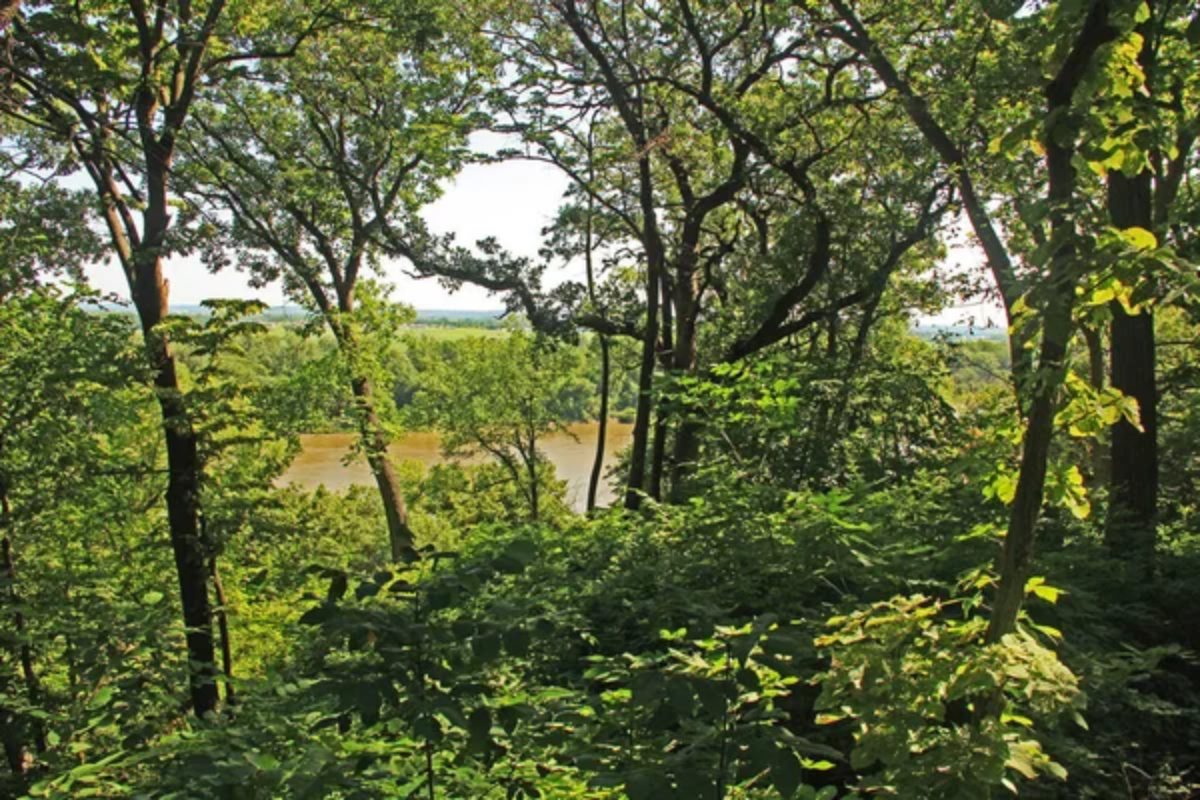
The Pine Ridge and Bessey Ranger Districts of Nebraska National Forest contain surprising prairie dog populations within their grassland openings and meadows. These colonies thrive in transitional zones between forest and prairie, creating unique viewing opportunities rarely found elsewhere.
The forest’s scattered prairie dog towns require some exploration to locate, but reward visitors with intimate viewing experiences in settings that feel more like hidden discoveries than tourist destinations. The surrounding forest provides excellent camping and hiking opportunities for extended prairie dog observation trips.
Cimarron National Grassland
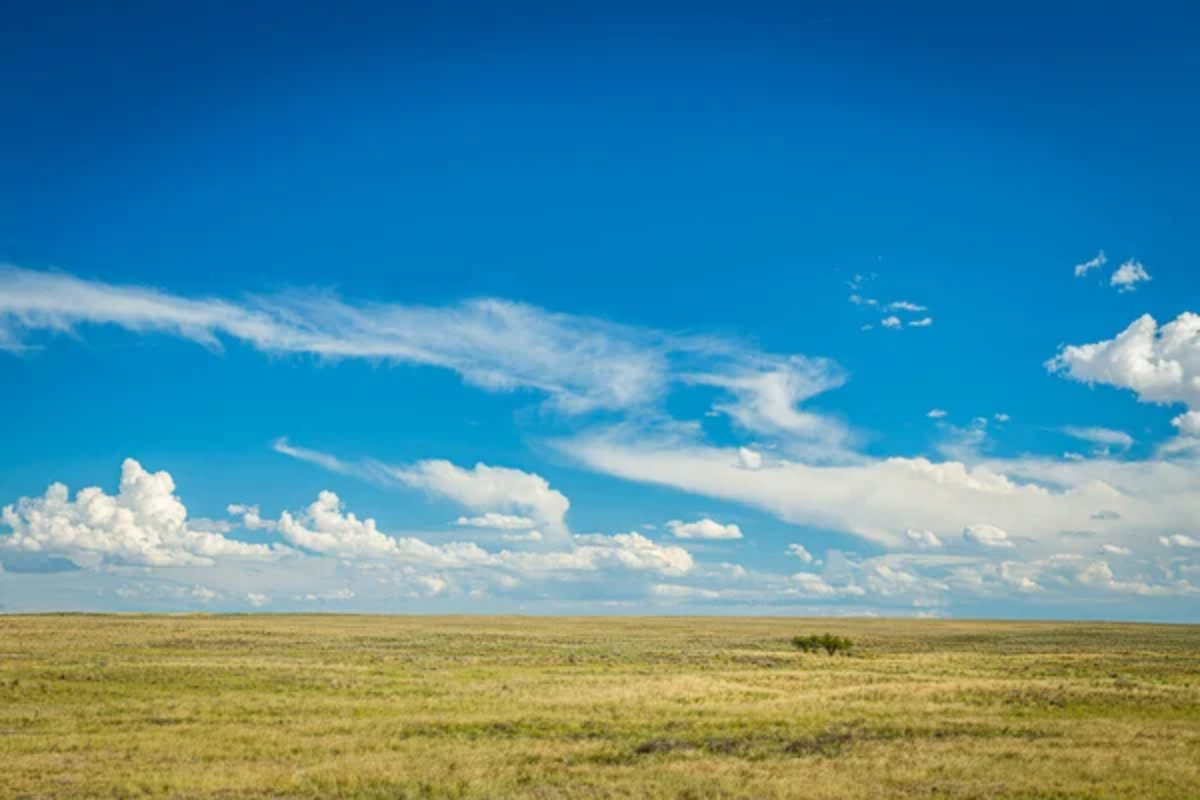
Kansas’s Cimarron National Grassland protects prairie dog colonies within its short-grass prairie ecosystem, where these social creatures have adapted to the area’s semi-arid conditions. The grassland’s auto tour route passes several active colonies, allowing visitors to observe prairie dog behavior from their vehicles without disturbing the animals.
These populations have developed interesting adaptations to the area’s extreme heat and limited rainfall, remaining active during times when other prairie dog populations seek underground shelter. The grassland’s interpretive programs often focus on prairie dog ecology and their role in maintaining grassland health.
Like Travel Pug’s content? Follow us on MSN.
Fort Niobrara National Wildlife Refuge

Nebraska’s Fort Niobrara combines bison viewing with excellent prairie dog observation opportunities along the refuge’s auto tour route. The refuge’s mixed-grass prairie provides an ideal habitat for black-tailed prairie dogs, whose colonies benefit from protection afforded by federal wildlife management.
Visitors can observe complex social interactions between different prairie dog families, as the refuge’s stable environment allows natural population dynamics to play out. The combination of large mammals and prairie dog colonies creates comprehensive Great Plains wildlife experiences that appeal to visitors of all ages.
Charles M Russell National Wildlife Refuge
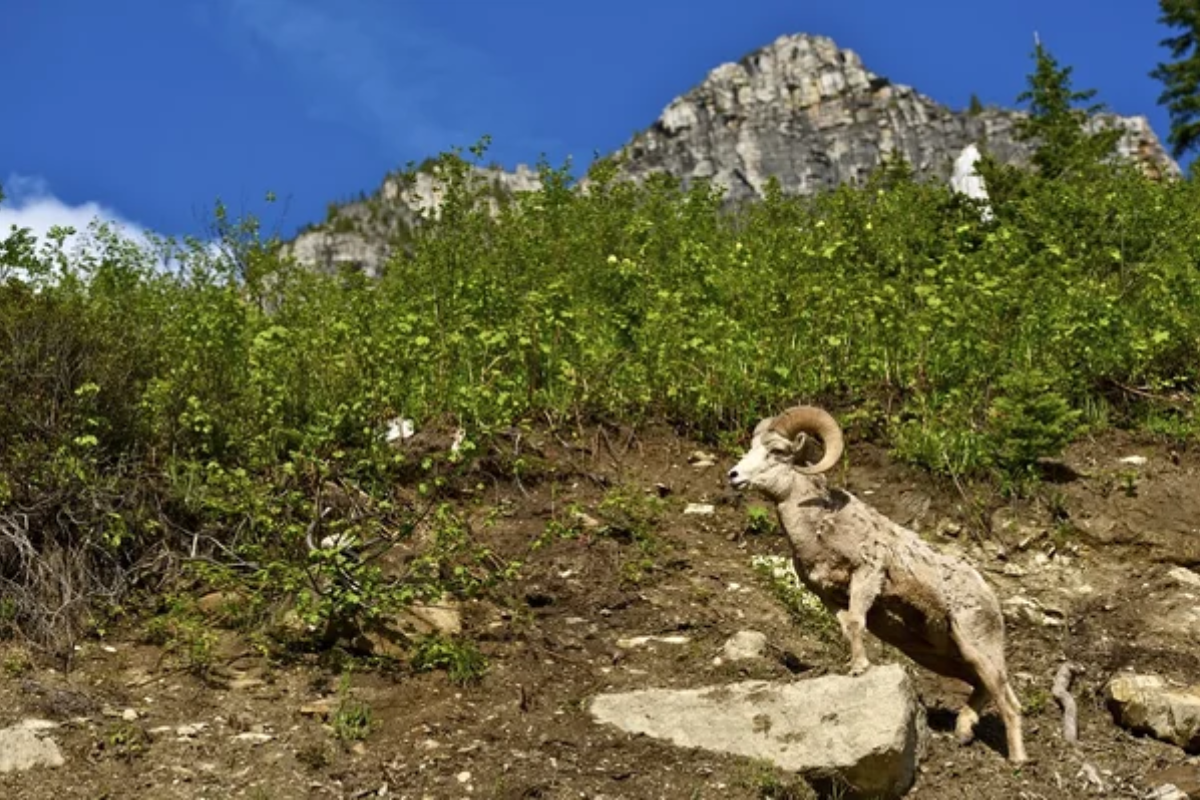
Montana’s massive Charles M Russell refuge contains scattered prairie dog colonies throughout its million-acre expanse of northern Great Plains habitat. The refuge’s remote location and minimal development have preserved some of the most natural prairie dog communities in the region.
Access requires planning and often high-clearance vehicles, but rewards visitors with pristine prairie dog towns operating according to ancient patterns. The refuge’s interpretive staff can provide current information about colony locations and access conditions as populations and road conditions change seasonally.
Medicine Bow National Forest
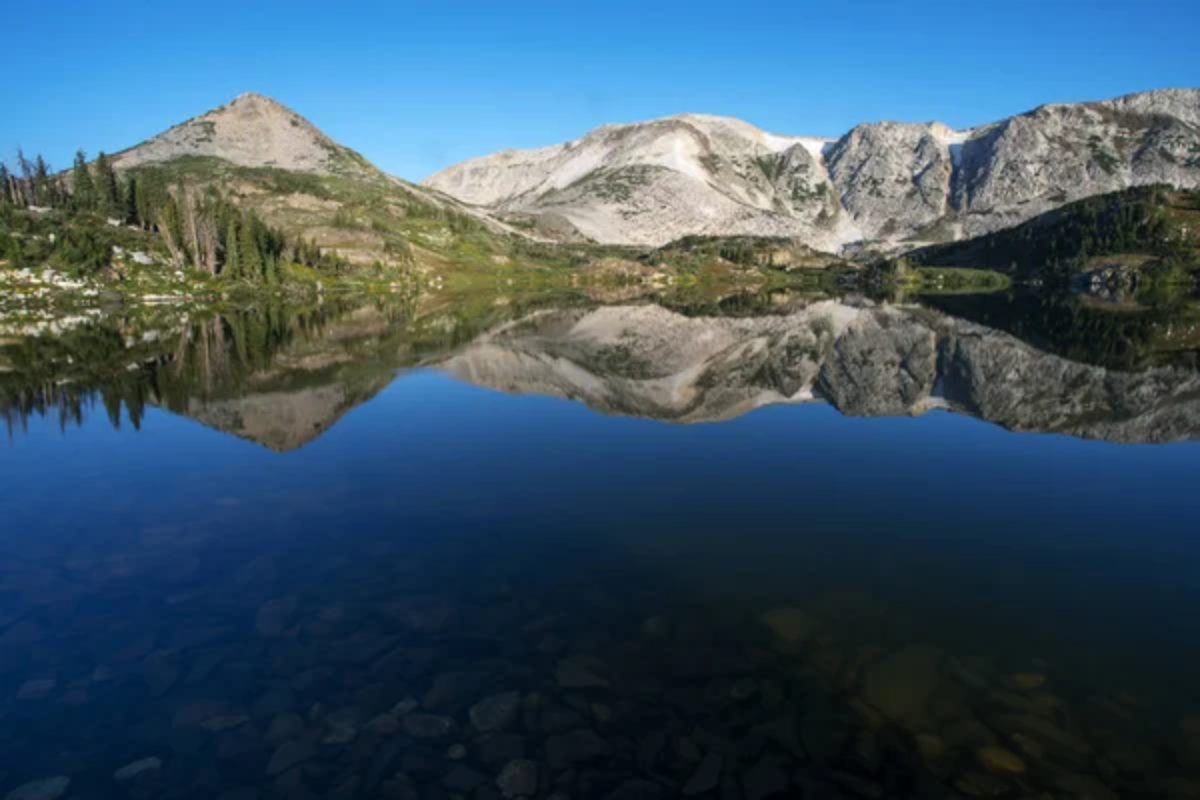
Wyoming’s Medicine Bow National Forest contains unexpected prairie dog colonies within its grassland parks and meadow systems at high elevations. These populations represent some of the highest-elevation prairie dog communities in North America, adapted to short growing seasons and harsh winter conditions.
The forest’s scattered colonies require hiking to reach but offer unique viewing opportunities in spectacular mountain settings. These hardy populations demonstrate remarkable adaptations to alpine conditions, remaining active at elevations where most prairie dogs couldn’t survive.
Like Travel Pug’s content? Follow us on MSN.
Oklahoma Tallgrass Prairie Preserve

The Nature Conservancy’s Oklahoma preserve protects black-tailed prairie dog colonies within its restored tallgrass prairie ecosystem. These populations represent successful reintroduction efforts that have created thriving communities in habitats similar to pre-settlement conditions.
Visitors can observe these colonies via the preserve’s trail system, which includes interpretive information about prairie dog ecology and restoration efforts. The preserve’s bison herd creates additional interest—visitors can witness the historic relationship between these two Great Plains species.
Sand Creek Massacre National Historic Site
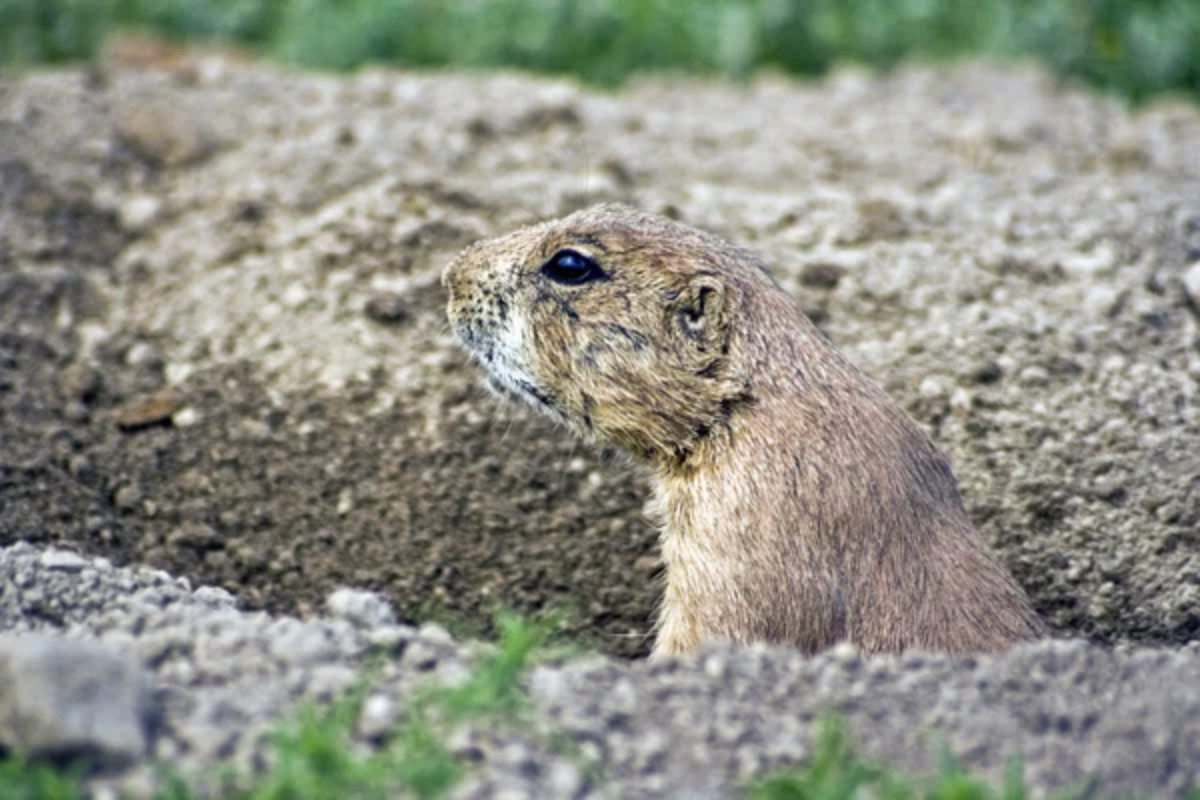
Colorado’s Sand Creek site protects prairie dog colonies within its grassland areas, where these animals continue ancient patterns in a landscape rich with human history. The site’s interpretive programs often include information about prairie dog ecology and their historical importance to Plains Indian cultures. Visitors can observe active colonies while learning about the area’s complex past, creating connections between natural and cultural history.
The site’s remote location ensures that prairie dog populations remain relatively undisturbed by human activity.
Carrizo Plain National Monument
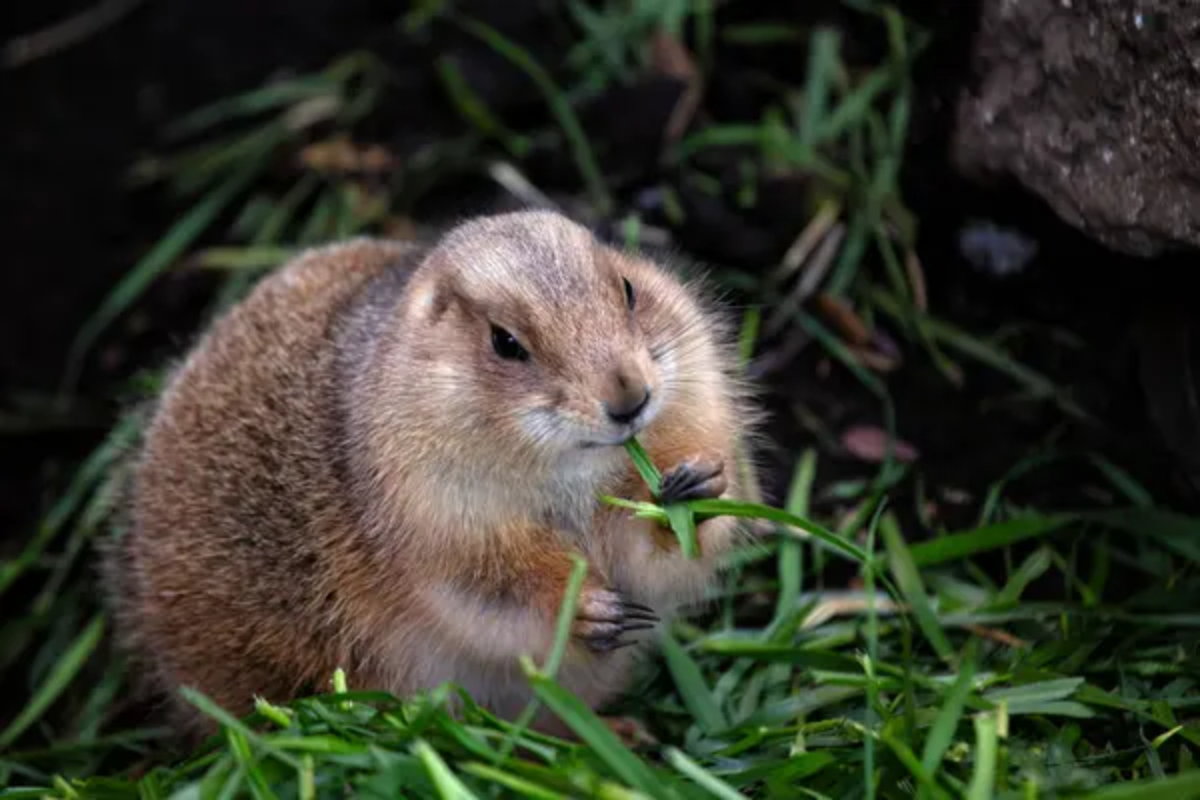
California’s Carrizo Plain supports unique populations of San Joaquin kangaroo rats and ground squirrels that create prairie dog-like colonies in the monument’s grassland areas. While not technically prairie dogs, these colonial ground squirrels exhibit similar social behaviors and create comparable underground cities.
The monument’s isolation in central California has preserved these communities in near-pristine conditions, allowing visitors to observe behaviors that have largely disappeared elsewhere. Spring visits offer the best viewing opportunities, when wildflowers create spectacular backdrops for wildlife observation.
Like Travel Pug’s content? Follow us on MSN.
Grasslands National Park
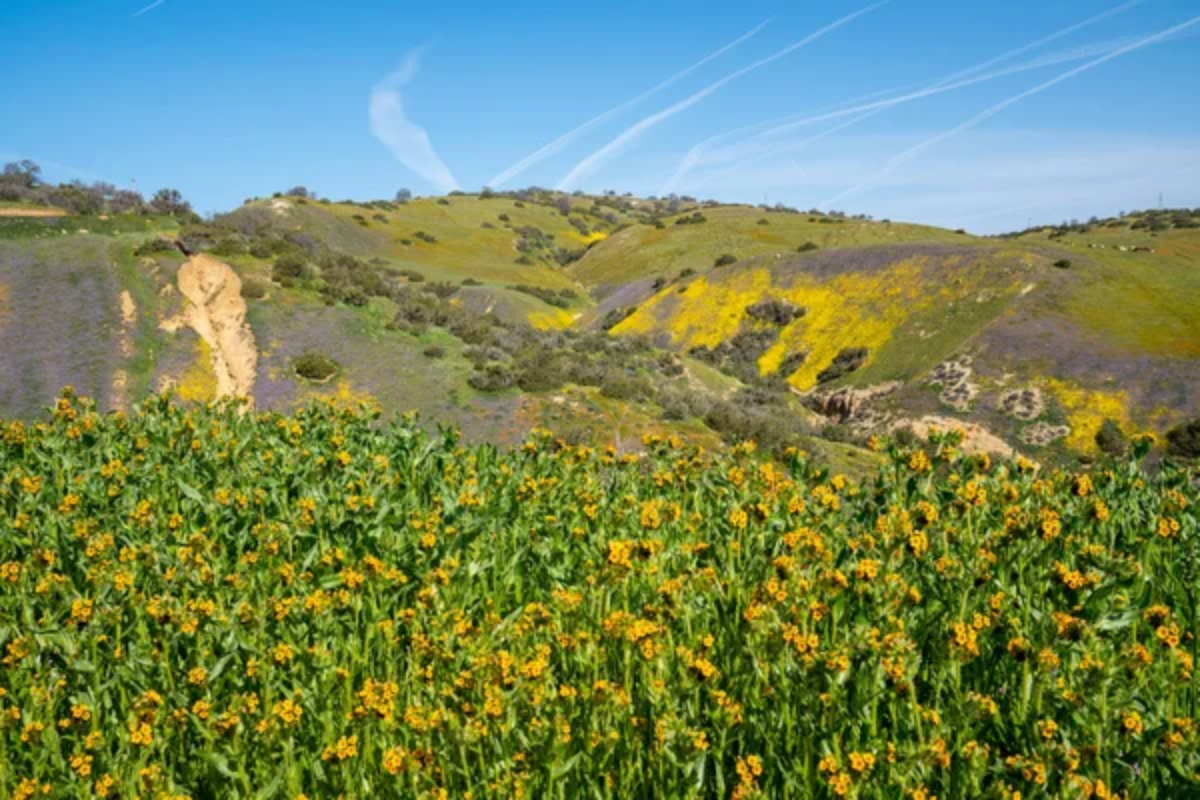
Saskatchewan’s Grasslands National Park contains some of North America’s most northern black-tailed prairie dog populations, representing the species’ range limit. These hardy colonies have adapted to Canada’s harsh winters and short growing seasons, creating unique behavioral patterns rarely observed elsewhere.
The park’s two blocks each contain active colonies accessible via hiking trails and designated viewing areas. International visitors particularly appreciate this opportunity to observe prairie dogs in their most northerly habitat while experiencing the vastness of the northern Great Plains.
Cross Timbers State Park
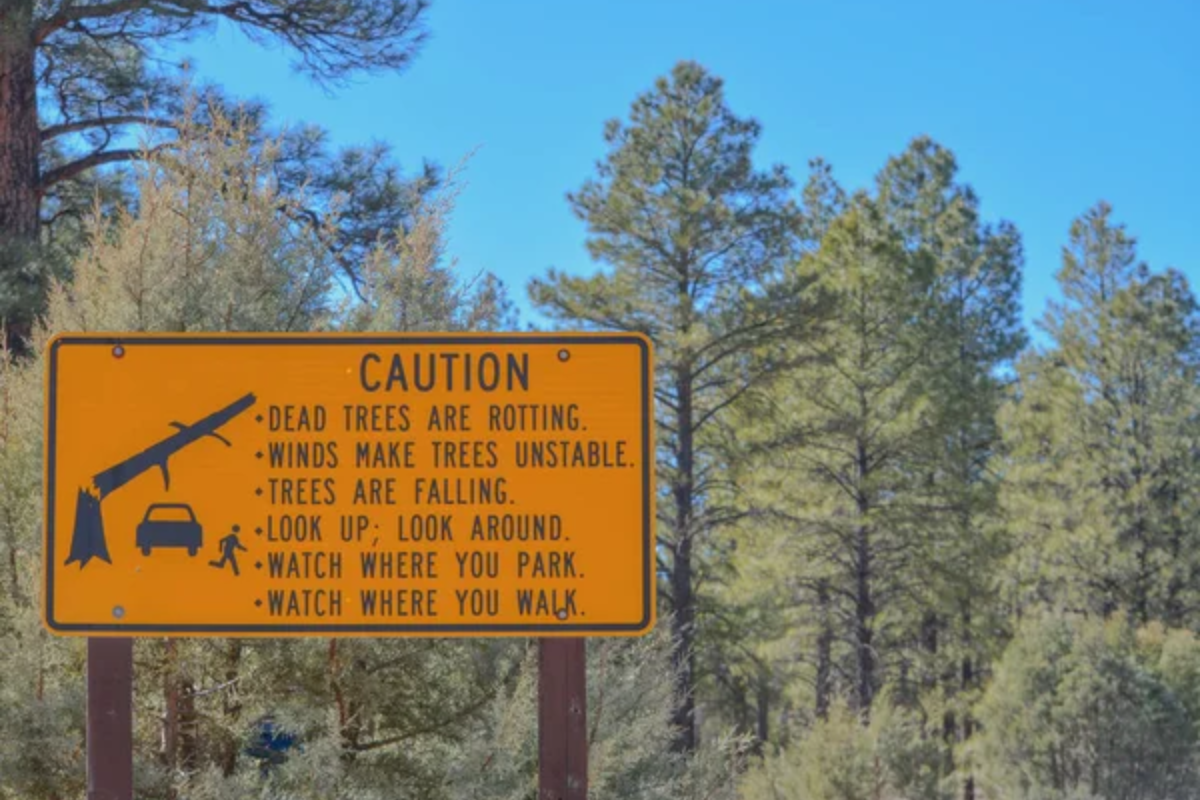
Oklahoma’s Cross Timbers protects prairie dog colonies within its mixed-grass prairie areas, where these social creatures thrive in the transition zone between prairie and forest. The park’s interpretive programs focus on prairie dog ecology and their role in maintaining grassland ecosystems through their extensive burrowing activities.
Visitors can observe colonies from designated trails that minimize disturbance while providing excellent viewing opportunities. The park’s camping facilities make it an ideal base for extended prairie dog observation and photography.
Wichita Mountains Wildlife Refuge
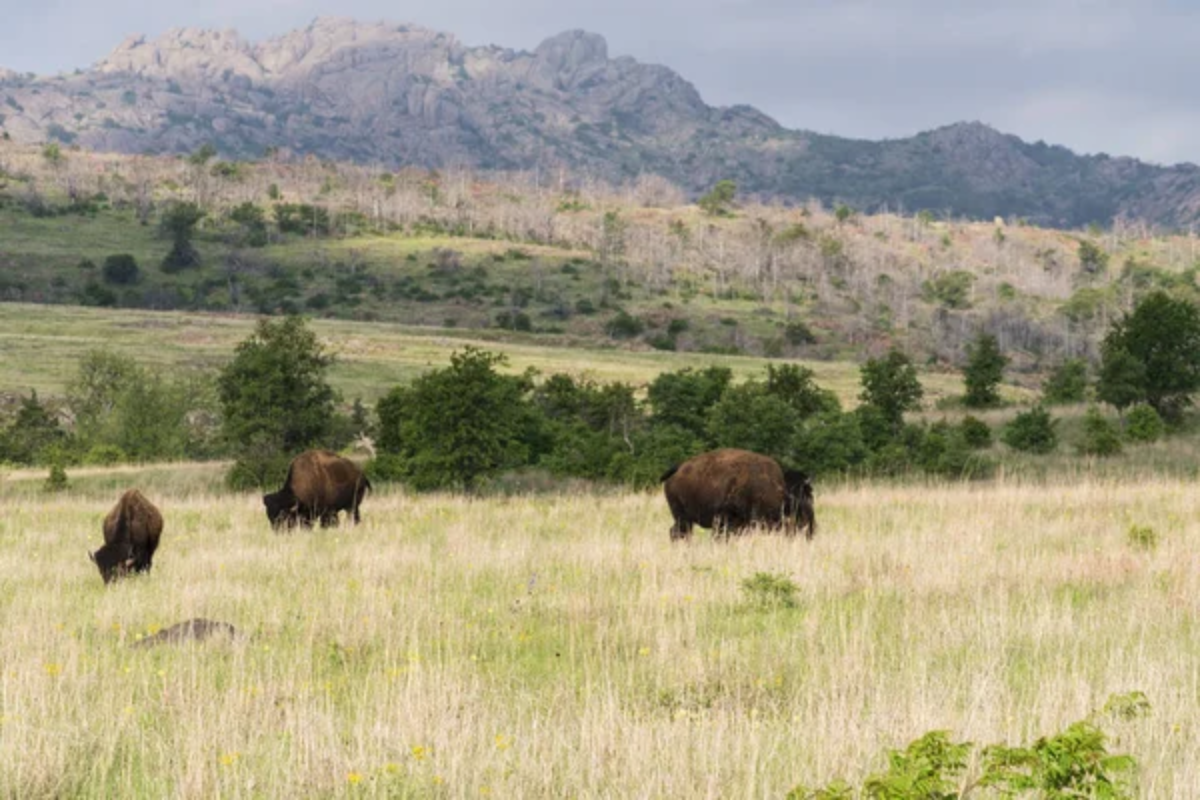
Oklahoma’s Wichita Mountains refuge supports prairie dog populations within its mixed-grass prairie areas, where these colonial rodents coexist with bison, elk, and other Great Plains species. The refuge’s auto tour route passes active colonies, allowing visitors to observe prairie dog behavior while enjoying the dramatic backdrop of ancient granite mountains.
These populations benefit from the refuge’s protection and management, displaying natural behaviors that have become rare in more developed areas. The combination of prairie dogs and large mammals creates comprehensive wildlife viewing experiences that showcase the Great Plains ecosystem’s complexity.
Like Travel Pug’s content? Follow us on MSN.
Living Underground Cities
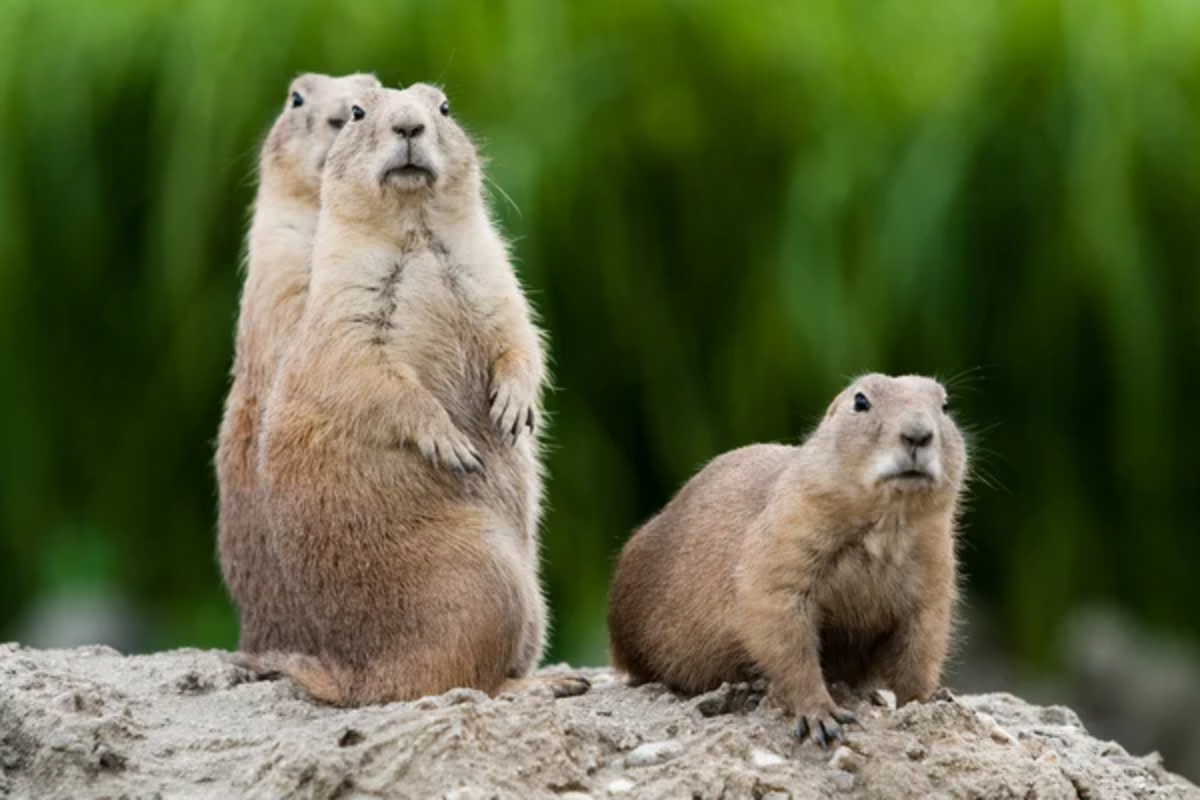
These hidden prairie dog towns represent far more than tourist attractions—they’re living laboratories where one of North America’s most social mammals continues ancient patterns of community life. Each colony operates as a complex society with its language, territorial boundaries, and family structures that scientists are still working to understand fully.
The accessibility of these locations allows modern visitors to witness behaviors that shaped Great Plains ecosystems for thousands of years, creating connections between past and present that few wildlife experiences can match. Whether you’re drawn by scientific curiosity or simple wonder at nature’s ingenuity, these prairie dog communities offer glimpses into a world that’s both remarkably organized and endlessly entertaining.
More from Travel Pug

- 20 Best Beach Towns in the Carolinas
- 13 Destinations Where Tourists Regularly Regret Their Trip
- 20 Destinations That Are More Magical Without an Itinerary
- 20 Underrated Adventures That Belong on Your Travel List
- 20 Cities Where You Should Just Wing It, No Planning Required
Like Travel Pug’s content? Follow us on MSN.
